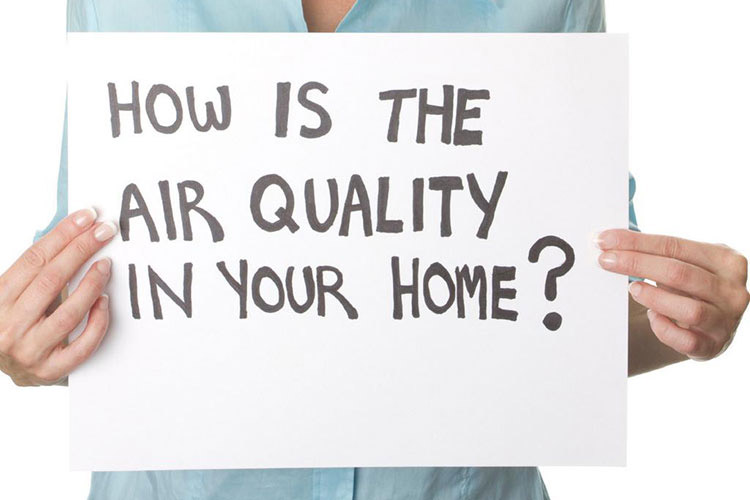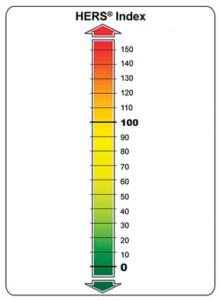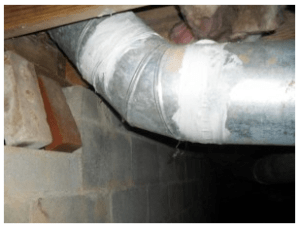

Protect Your Home and Family with Indoor Air Quality Testing and Control
Knowing what affects your home’s air quality and being able to recognize signs of dirty air are the first steps to proactively dealing with the problem before it gets too extensive. Such testing is very extensive and is not part of a free estimate. You will need to set aside 2-4 hours of your day, but you’ll learn more about your home than ever thought possible. Not only will you understand the reasons behind some of your home’s air quality problems, but it will give you and your HVAC servicemen more information to find the best solutions.
Here Are The Types of Testing We Recommend:
HERS Ratings

One of the first steps is getting a certified RESNET Home Energy Rater to carry out an energy rating on your home, so that you know where you stand, and what action you can take to reduce energy costs while improving home comfort.
A HERS rating will consist of diagnostic testing using specialized equipment to determine the amount and location of air leaks in the building envelope, leakage from ductwork, insulation levels in walls and ceilings, and even a variety of safety issues.
This rating will allow you to know options to upgrade and optimize your home’s energy efficiency.
Manual J Equipment Sizing
The correct way to size a heating and cooling system is with Manual J, a protocol developed by the Air Conditioning Contractors of America (ACCA). Manual J HVAC load calculations determine how much heating and cooling a house actually needs and is the first step in the design process of any new heating and air conditioning system.
Manual J sizing makes it possible to accurately determine the total amount of heat that is lost and gained, depending on whether they’re cold or warm months and even analyzes the thermal aspects you may not even think twice about, such the walls, ceilings, doors, windows, geographic location, orientation to the sun, duct leakage, lights, and appliances–and that’s just to start! You can get Manual J equipment sizing for your whole house or even just by individual rooms.
Airflow Balancing
Air balancing is a scientific way of adjusting airflow evenly throughout the home or office using several available tools within the heating and air conditioning industry. Residential duct systems were never engineered or balanced to properly distribute the air where it’s needed in the home, making some rooms too hot and others too cold.
Air balancing is rarely performed in new construction or tract housing, leaving most homeowners wondering why some rooms are more uncomfortable than others. While you probably can’t reconstruct your home, airflow balancing will allow your HVAC servicemen to more effectively improve your systems.
Duct Sealing

Just as important, duct leakage can prevent heating and cooling systems from doing their job properly, resulting in hot or cold rooms, and humidity problems. Worse yet, duct leaks can create air quality problems by pulling pollutants and irritants directly into the house.
What causes poor Indoor Air Quality?
The air in your home can be more than 5-times more polluted than the air you breathe when you are walking outside.
Ways to improve Indoor Air Quality
Making efforts to just the large amounts reduce air contaminants will solve many problems in your home.
Need To Schedule Service?
Give us a call today and our one of our professional technicians will be happy to answer questions or schedule a time to come out.









